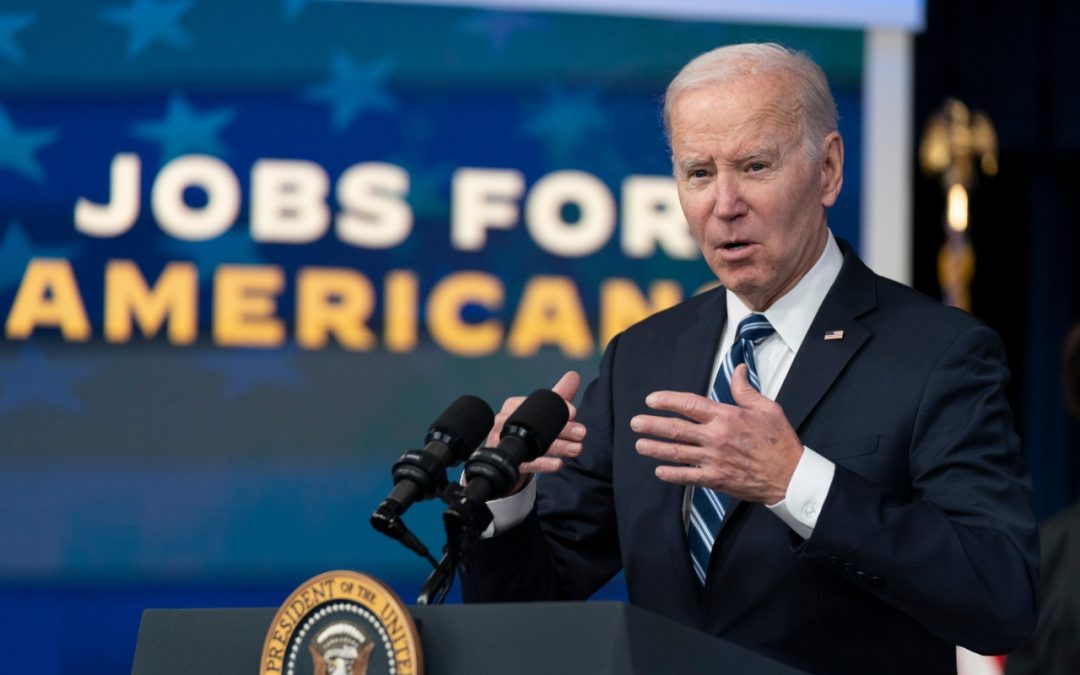As the nation awaits President Joe Biden’s State of the Union address, it is clear that the United States is in a unique and disorienting moment. The economy is full of contradictions as it struggles to recover from the global pandemic and the Russian invasion of Ukraine. On the one hand, we have the strongest job growth in history, but we also have dangerously high inflation and soaring gas and food prices.
In this blog post, we’ll be exploring the current state of the U.S. economy, and how the Federal Reserve’s interest rate increases and the unemployment rate falling to a near 54-year low are both playing a role in the nation’s economic future. We’ll discuss how the Biden economic plan is working, the GOP’s pushback, and the conflicting signals of the economy that make it hard to get an accurate pulse.
The U.S. is currently on a tight rope, trying to balance efforts to reduce inflation with the need to stay upright and avoid falling into a recession. The proof is in the January employment report, which showed 517,000 jobs were added and the unemployment rate fell to 3.4%.
Republicans are blaming Biden’s trillion-dollar plus spending for high inflation and surging gas and food prices. They oppose his forgiveness of student debt and blame him for the migrants seeking to enter the country at the U.S.-Mexico border. The key force shaping the economy right now is the Fed, which has the mission of keeping prices stable and inflation at around 2%. Consumer prices jumped 6.5% last year, so the Fed has tried to slow down hiring and growth by raising its benchmark rate.
Most people in the U.S. assume the nation is already in a recession, even if they personally feel fine. The past year’s rate jumps produced a sudden whiplash, with the stock market falling and tech companies announcing layoffs. Mortgage rates initially doubled to over 7%, before falling back a bit to 6% last week.
The Fed rate increases mark a major reversal in how the economy operates. Companies are reluctant to fire their workers because businesses had trouble finding skilled employees during the pandemic. This has led to generational inequality, with boomers becoming wealthy as their homes increased in value, while millennials are still on the outside looking in.
The conflicting signals we keep getting on the economy make it very hard to get an accurate pulse. Biden’s challenge might rest with an economy in which few things are certain. As he prepares to deliver the State of the Union address, he must find a way to give Americans a sense of confidence in an uncertain time.
Source: thehill.com
